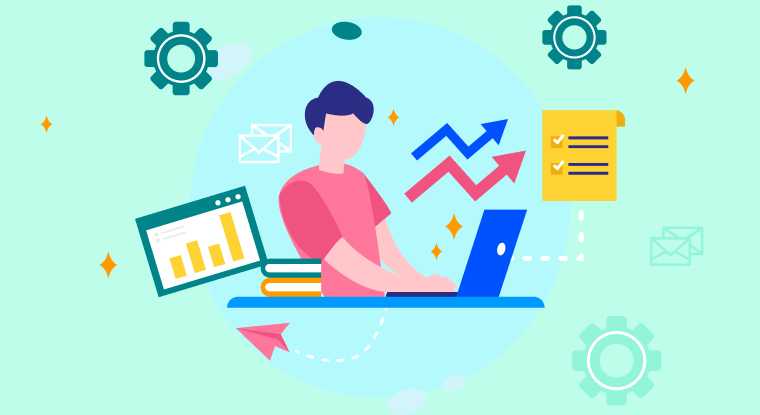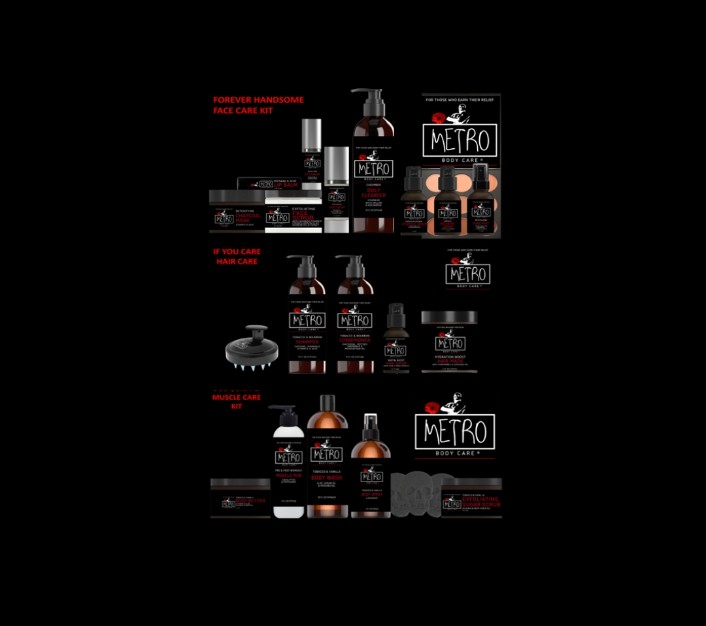The development of a Learning Management System (LMS) is a comprehensive process that requires a detailed approach to ensure that the platform meets educational and business goals. Whether you’re building an LMS from scratch or improving an existing one, following a structured roadmap is critical. In this article, we’ll highlight the main steps in custom learning management system development that can help you create a solution customized specifically to your organization’s needs.
Idea and Plan
Every successful LMS project begins with a clear idea and a solid plan. Start by identifying your goals, audience, and the problems you aim to solve. Do you need the LMS for employee training, customer education, or academic purposes? Define the scope and the key functionalities that will support these objectives.
At this stage of custom LMS development guide, brainstorming with stakeholders is important. This includes not only decision-makers but also potential users of the platform, such as learners and instructors. Gather insights into their expectations, as these will shape the overall design of your custom LMS.
Collect the Information
Before diving into the development process, it’s essential to collect relevant information that will guide your learning management system project. This may include researching your competitors, understanding the latest trends in educational technology, and identifying which LMS programming language will best suit your system. Additionally, you should explore various learning management system architectures to understand how others have structured their platforms.
It’s also important to evaluate the potential content you’ll need for your system. Will your LMS support multimedia, assessments, interactive quizzes, or live sessions? By collecting this information early on, you can streamline the design and development process, ensuring that nothing is overlooked.
Project Planning
Project planning is the foundation that sets the tone for the rest of your LMS development. At this stage, break down the process into manageable steps, set timelines, and assign roles. You’ll need a clear understanding of the resources available, including your budget, team, and tools.
During project planning, you should also establish a workflow that facilitates collaboration between all involved teams, including developers, designers, content creators, and project managers. This phase allows you to identify potential risks and challenges, enabling you to mitigate them before they hinder your progress.
The Right Tech Stack
Choosing the appropriate technology stack is one of the most important phases in developing an LMS. Your technology choices should be in line with the requirements acquired during the planning process. Scalability, security, and performance are all important considerations.
Popular LMS programming language such as Java, Python, and PHP each have distinct advantages. For example, Java and Python are well-known for their versatility and are frequently used for bespoke solutions, but PHP is commonly used for platforms such as Moodle. You’ll also need to select a front-end framework (e.g., React or Angular) and back-end technologies (e.g., Node.js or Django) that will provide a seamless and responsive user experience.
The technology stack should also contain a database management system (such as MySQL or PostgreSQL) as well as cloud storage and scalability services. Your system may also need to be integrated with third-party solutions like video conferencing software, CRM systems, or content management platforms.
Architecture, Wireframing, Prototyping
At this point, your LMS is taking shape. The architecture defines how the system’s many components will interact with one another. It serves as a roadmap for the development team as they work to create a learning management system.
Wireframing and prototyping are necessary to visualize the user interface (UI) and user experience (UX). Wireframes serve as the skeletal foundation for your platform, outlining the design and navigation pathways. Prototypes, on the other hand, provide a more participatory experience by allowing stakeholders to test functionality before it is fully developed. This ensures that the system meets user expectations for ease of use and functionality.
Product Development
With the strategy in place and the prototypes approved, the actual product development can begin. This phase includes coding the back-end and front-end components, integrating the chosen technologies, and developing the basic features of your LMS, such as user roles, course administration, content distribution, evaluations, and tracking systems.
The development team will also work to make the platform responsive and accessible across all devices, particularly mobile. Modern learners expect the flexibility to access content anytime, anywhere, so optimizing the LMS for mobile is critical.
As the development progresses, it’s important to maintain ongoing communication with stakeholders, ensuring that the project stays aligned with the original goals and expectations. Feedback during this stage can prevent costly changes later.
Testing Phase
Once the development is complete, the next crucial step is thorough testing. Testing ensures that the system operates smoothly, without any critical bugs or glitches. There are different types of testing that need to be conducted:
- Functional testing: Ensures that the LMS operates as expected, covering all key features like course management, user login, content delivery, and assessments.
- Usability testing: Focuses on the user experience, ensuring that learners and administrators can navigate the system intuitively.
- Security testing: Ensures that the LMS is protected against unauthorized access, data breaches, and other security issues and risks.
- Performance testing: Tests how well the system performs under different conditions, including peak loads and high numbers of concurrent users.
Testing aids in the identification and resolution of issues prior to the system’s deployment, guaranteeing a consistent user experience.
Deployment
After successful testing, the LMS is ready for deployment. This step of how to make an LMS includes establishing the production environment, configuring servers, and making the platform available to end users. Whether you’re hosting the system on-premise or opting for cloud-based solutions, the deployment process should be carefully managed to avoid downtime or disruptions.
Deployment also includes configuring settings such as user permissions, content uploads, and integrations with third-party tools. It’s advisable to carry out a soft launch, introducing the system to a smaller group of users to gather feedback and address any last-minute issues.
Rollout and Maintenance
The work doesn’t stop once the LMS is deployed. The rollout phase of custom LMS development guide involves introducing the system to your wider audience, whether that be employees, customers, or students. Ensure you have proper documentation and training resources in place to help users get acquainted with the platform.
Maintenance is another important aspect of custom LMS development. Your LMS should adapt in tandem with your organization’s growth and new learning demands. Regular updates, bug fixes, and security patches are required to keep the platform working properly. It’s also critical to track user comments and use metrics to find areas for how to build an LMS.
To Sum Up
LMS creation is a multidimensional process that involves careful planning, appropriate technology selection, and ongoing maintenance. From the initial concept to implementation and beyond, each phase is critical to producing a functional and user-friendly platform. If you want to build LMS from scratch or improve a current one, these steps will help you get started.
If you are looking for a custom LMS development partner, consider working with experienced specialists to guarantee that your platform fulfills all of your needs and delivers an engaging learning experience. Learn more about creating an LMS by visiting DrivEd. Whether you’re creating a corporate training tool or an educational platform, the proper team may make all the difference in meeting objectives.






